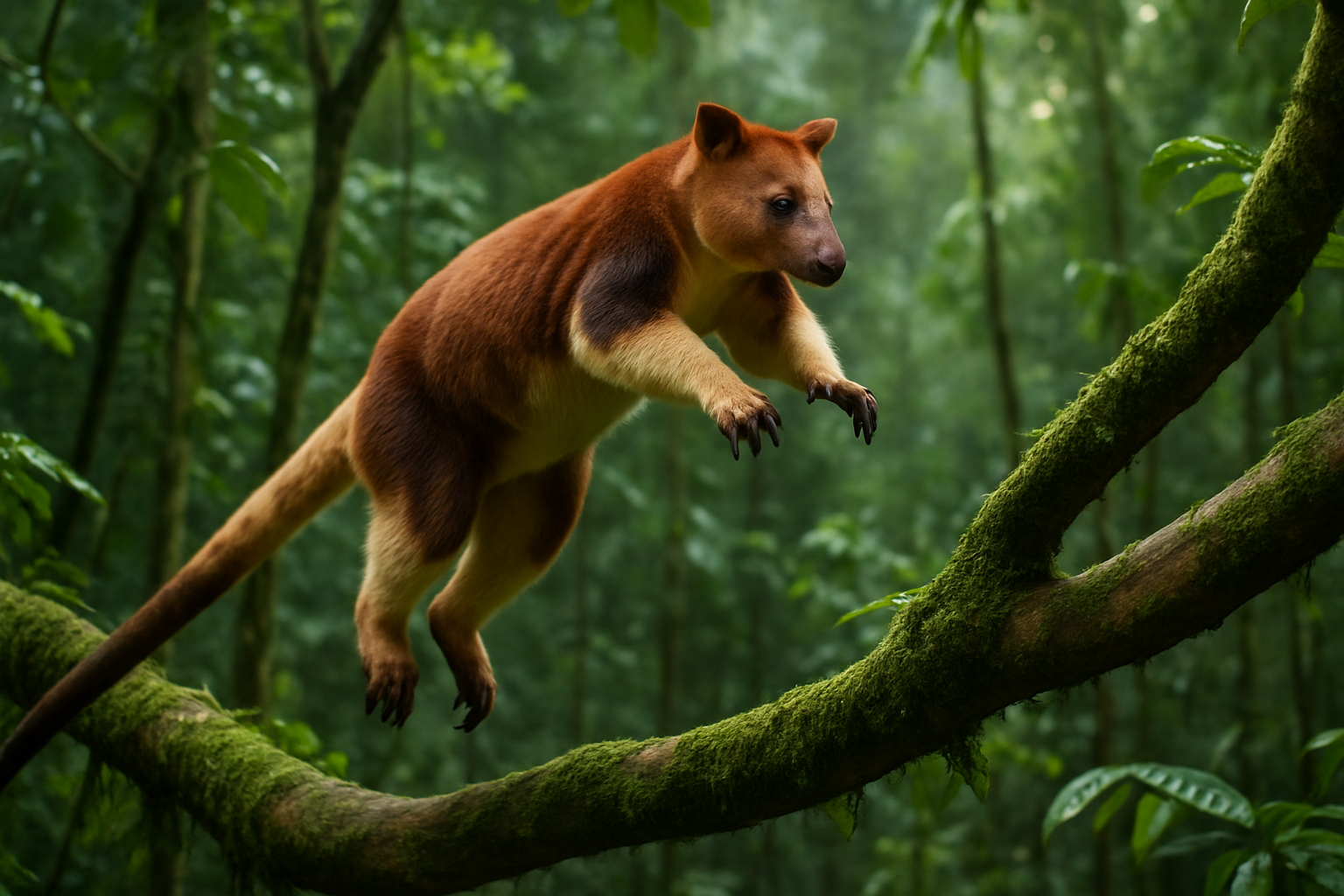The Hidden World of Aardvarks: Africa's Enigmatic Insectivores
Aardvarks, the elusive nocturnal mammals of Africa, have long captivated researchers and wildlife enthusiasts alike. These peculiar creatures, with their pig-like snouts and kangaroo-esque tails, are far more than just an alphabetical curiosity. Join us as we delve into the fascinating world of aardvarks, exploring their unique adaptations, ecological importance, and the challenges they face in an ever-changing landscape.

A Glimpse into Aardvark Evolution
The evolutionary journey of aardvarks is a tale spanning millions of years. Fossil evidence suggests that the ancestors of modern aardvarks diverged from other mammals around 80 million years ago. Over time, these creatures developed their distinctive features, including elongated snouts, sticky tongues, and robust claws, all perfectly suited for their insectivorous lifestyle.
During the Paleocene and Eocene epochs, aardvark-like creatures roamed across much of the Northern Hemisphere. However, as climates shifted and continents drifted, their range gradually contracted to the African continent. Today, the modern aardvark (Orycteropus afer) stands as the sole surviving species of its order, a living testament to the resilience and adaptability of these remarkable animals.
Anatomy of an Insect-Eating Machine
Aardvarks are marvels of biological engineering, their bodies finely tuned for their specialized diet and lifestyle. Standing about 60 centimeters tall at the shoulder and weighing up to 80 kilograms, these medium-sized mammals possess several unique anatomical features that set them apart from other animals.
Their most striking feature is undoubtedly their elongated, tubular snout. This olfactory powerhouse is equipped with highly sensitive nostrils, allowing aardvarks to detect termites and ants beneath the soil surface. Complementing their keen sense of smell are their large, upright ears, which help them detect both prey and potential predators.
The aardvark’s tongue is another marvel of adaptation. Measuring up to 30 centimeters in length, this sticky appendage can extend deep into termite mounds and ant colonies, efficiently gathering insects. Their teeth, unlike those of most mammals, lack enamel and grow continuously throughout their lives, an adaptation that helps them cope with the wear and tear of their gritty diet.
Masters of the Subterranean Realm
Aardvarks are nature’s excavators, capable of digging extensive burrow systems with remarkable speed and efficiency. Their powerful limbs and shovel-like claws allow them to tunnel through even the hardest African soils, creating complex networks of burrows that serve multiple purposes.
These burrows not only provide shelter for the aardvarks themselves but also play a crucial role in the ecosystem. Many other species, including warthogs, hyenas, and various reptiles, often take up residence in abandoned aardvark burrows. This inadvertent ecosystem engineering makes aardvarks a keystone species in their habitats, shaping the landscape and providing refuge for a diverse array of wildlife.
Ecological Impact and Termite Control
The dietary preferences of aardvarks have far-reaching ecological consequences. As voracious consumers of termites and ants, these animals play a vital role in controlling insect populations. A single aardvark can consume up to 50,000 insects in a single night, making them one of nature’s most effective pest controllers.
This insectivorous diet not only helps maintain the balance of insect populations but also influences soil composition and nutrient cycling. As aardvarks dig for their prey, they aerate the soil and redistribute nutrients, promoting plant growth and soil health. Their foraging activities also create microhabitats for other organisms, further enhancing biodiversity in their ecosystems.
Conservation Challenges in a Changing World
Despite their adaptability and widespread distribution across sub-Saharan Africa, aardvarks face numerous threats in the modern world. Habitat loss due to agricultural expansion and urban development is perhaps the most significant challenge, fragmenting aardvark populations and reducing available foraging grounds.
Climate change poses another insidious threat to these remarkable creatures. As temperatures rise and rainfall patterns shift, the distribution and abundance of termites and ants—the aardvark’s primary food sources—are likely to change. This could force aardvarks to alter their ranges or adapt their diets, potentially leading to conflicts with human activities or competition with other species.
Research and Conservation Efforts
The secretive nature of aardvarks has long posed challenges for researchers seeking to study these elusive animals. However, recent advancements in technology, including GPS tracking and thermal imaging, have opened new avenues for understanding aardvark behavior and ecology.
Conservation efforts are underway to protect aardvark populations and their habitats. These initiatives include habitat restoration projects, anti-poaching measures, and education programs aimed at raising awareness about the ecological importance of aardvarks. Additionally, some wildlife reserves and national parks are implementing specialized management strategies to ensure the long-term survival of these unique mammals.
As we continue to unravel the mysteries of aardvarks, it becomes increasingly clear that these animals are far more than just a quirky entry in nature’s encyclopedia. They are ecosystem engineers, living fossils, and vital components of African biodiversity. By understanding and protecting aardvarks, we not only safeguard a fascinating species but also preserve the intricate web of life that depends on their presence.
In conclusion, the hidden world of aardvarks offers a captivating glimpse into the wonders of evolution and adaptation. As we face the challenges of a rapidly changing planet, the story of these remarkable creatures serves as a poignant reminder of the importance of conservation and the incredible diversity of life on Earth. Let us hope that future generations will continue to marvel at the sight of an aardvark’s snout peeking out from its burrow, a symbol of nature’s resilience and ingenuity.





